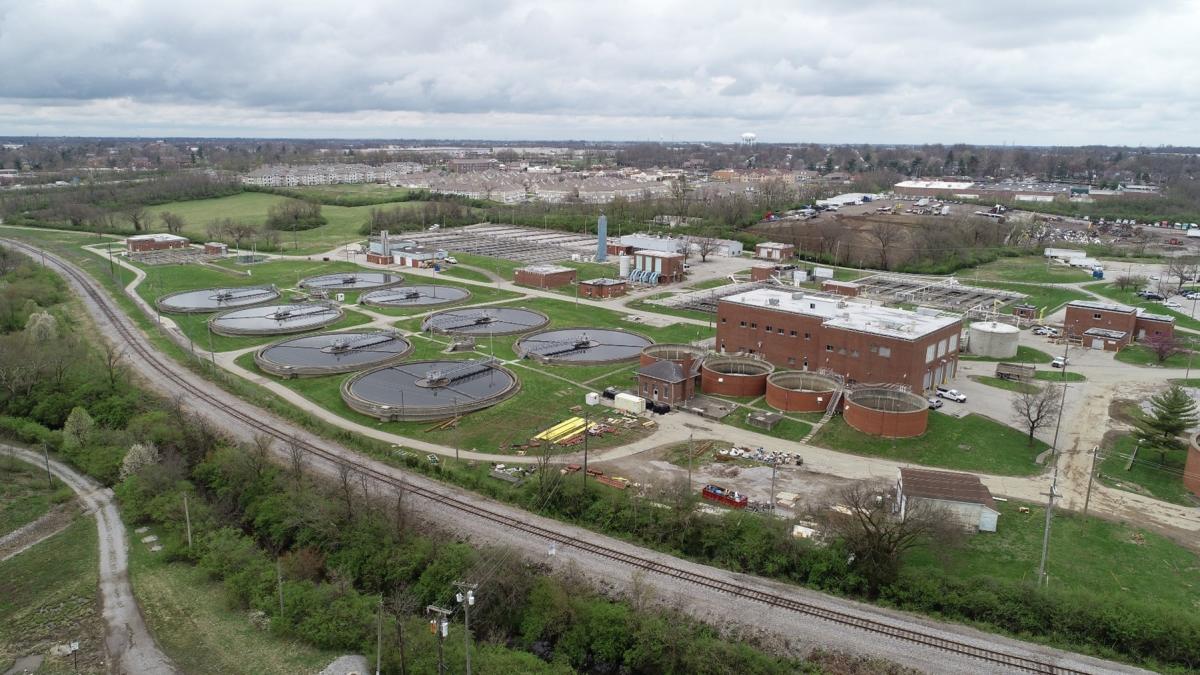Wastewater 101
What is Wastewater?
Wastewater is water that has been used, such as in the home, in an industrial process, or at a business. As a result of its use, the water picks up additional substances, such as organic matter, chemicals, and/or microorganisms. Wastewater is often referred to as sewage. Anytime you flush a toilet, do the dishes, or wash your hands, you generate wastewater.
Wastewater Generation
The University of Kentucky’s main campus sits on approximately 824 acres. It has programs in agriculture, engineering, a full complement of health colleges (including medicine and pharmacy), law, and fine arts. There are 17 academic and professional colleges where students can choose from over 200 majors. Primary activities at the University include research, teaching, health care, athletics, dining service, student housing, facilities management, and agricultural research. Campus is also home to a daytime population of more than 31,000 students and approximately 16,000 employees. As a result of these activities and the population supported, over 500,000 gallons of wastewater are generated from the University’s main campus per day. The types of wastewater generated includes sanitary waste, non-contact cooling water, boiler blowdown, equipment washdown, and process water.
Due to the various chemicals used in the University’s numerous laboratories and medical/research facilities, it is imperative that the wastewater generated from these locations be kept free of hazardous waste and other substances that can harm the environment. These substances are prohibited from being discharged down the drain by law. The University has an extensive waste management program to oversee the proper disposal of these wastes.
Wastewater Collection
 Wastewater generated from the University must be treated prior to being released into the environment. Rather than operate its own facility, the University discharges wastewater to the Lexington-Fayette Urban County Government (LFUCG) for treatment. Wastewater travels from buildings on campus to the LFUCG treatment facility through a system of pipes known as the sanitary sewer collection system.
Wastewater generated from the University must be treated prior to being released into the environment. Rather than operate its own facility, the University discharges wastewater to the Lexington-Fayette Urban County Government (LFUCG) for treatment. Wastewater travels from buildings on campus to the LFUCG treatment facility through a system of pipes known as the sanitary sewer collection system.
The majority of wastewater produced on campus is collected and conveyed by a sanitary sewer collection system that is owned and maintained by the University. This collection system consists of twenty-three miles of gravity sewer pipe that includes mains and laterals as well as three pump stations. Eighteen miles of this system are owned and operated by the University. Five miles are owned and operated by the LFUCG.
The University is authorized to discharge to the treatment facility via a Significant Industrial User Discharge Permit issued by the LFUCG.
Wastewater Treatment
 Town Branch WWTP. Courtesy of LFUCG
Town Branch WWTP. Courtesy of LFUCG
Wastewater from the University is transported to the Town Branch Wastewater Plant owned and operated by LFUCG.
This advanced secondary treatment facility is designed to treat 30 million gallons of wastewater daily and has the capacity to treat a maximum flow of 64 million gallons per day.
Treatment takes place via what is known as the activated sludge treatment process. Wastewater is treated in this process through the following steps:
- Screening: Debris is removed from the wastewater
- Primary Clarification: Solids are settled and lighter materials are floated out of the wastewater
- Aeration: Microorganisms convert fine and dissolved organic pollutants into activated sludge and ammonia is removed
- Secondary Clarification: Activated sludge is removed via settling and clear water is skimmed from surface
- Disinfection: Water is disinfected via exposure to chlorine/UV light.
After disinfection, the water is discharged into Town Branch.
